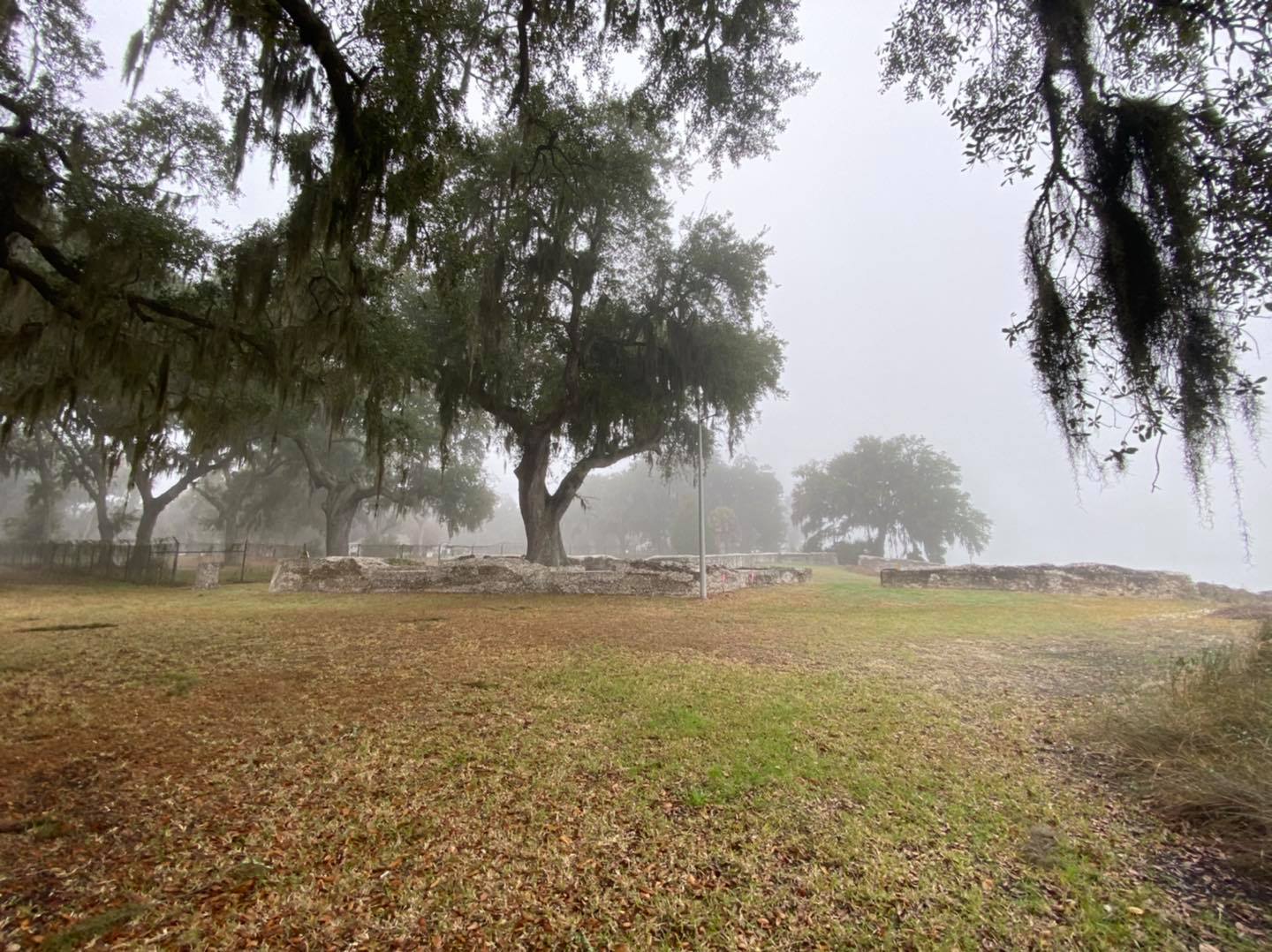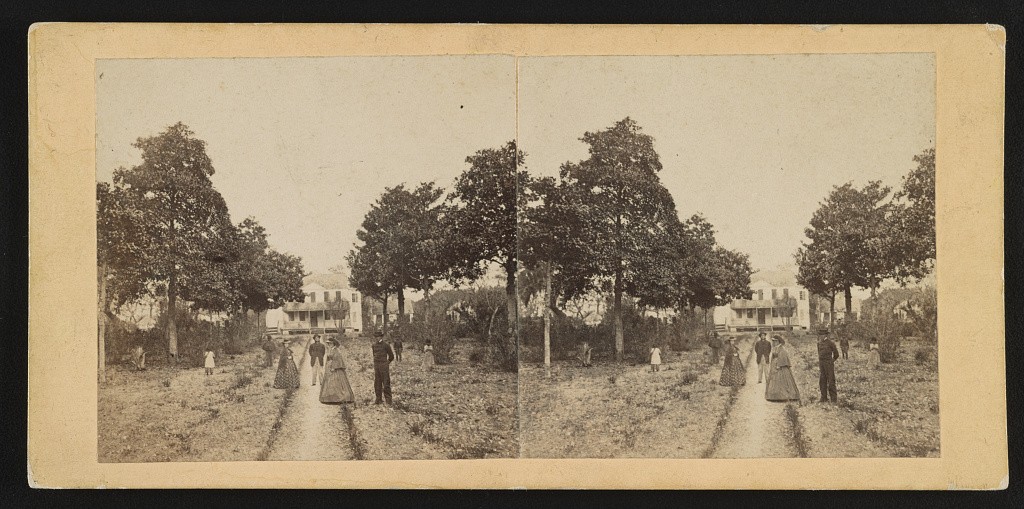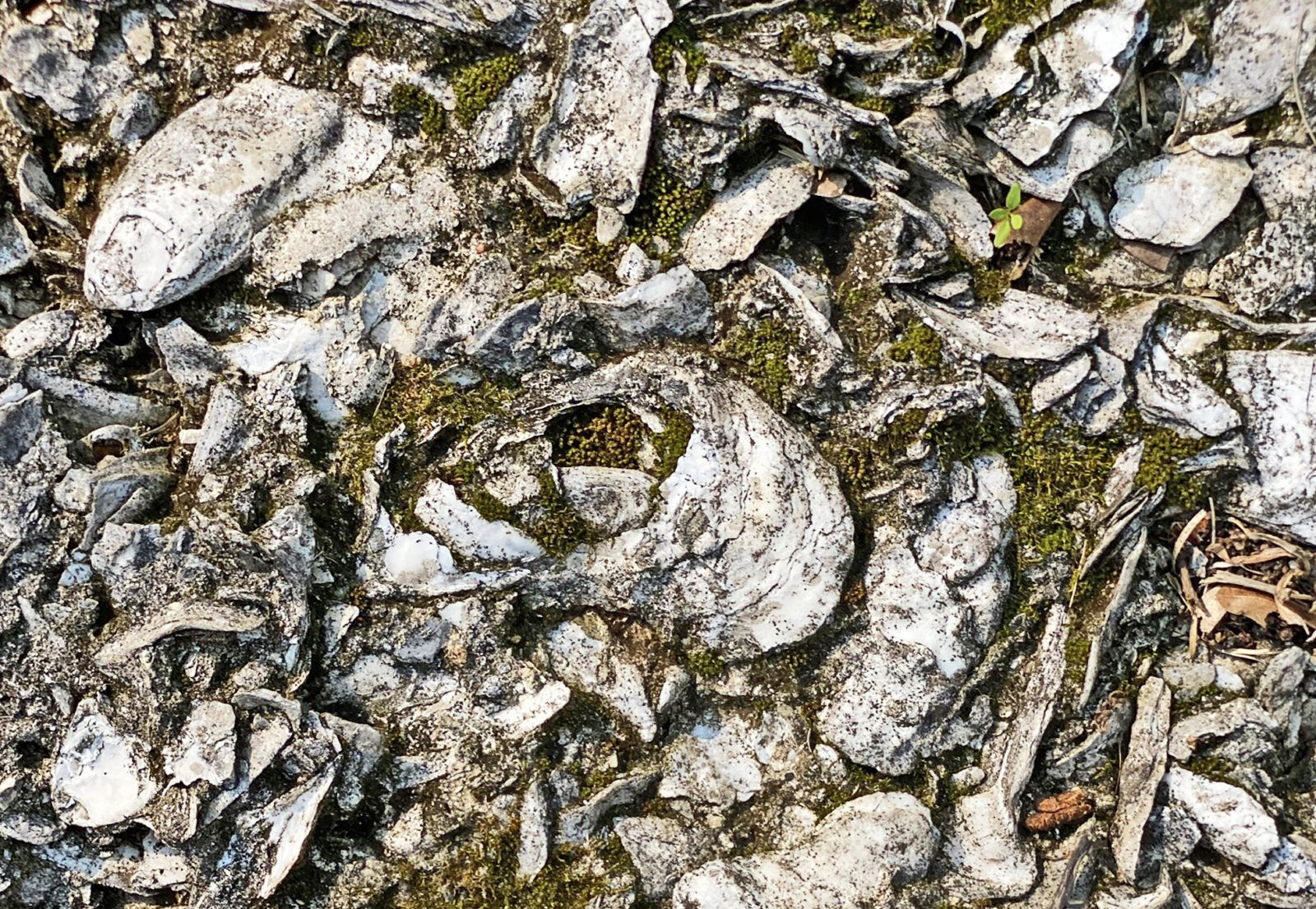The Decorated, Celebrated History of Fort Frederick
For Frederick has an illustrious history – and one that has made its mark on the Nation’s own time and time again.

Named for Prince Frederick, the eldest son of King George II of England, the fort was built by the British colonial government between 1733 and 1735 to protect “Beaufort Towne” from possible attacks by Spanish warships entering Port Royal Sound.
One of the deepest ports on the East Coast, Port Royal and other surrounding sea islands were coveted at one point or another by all of the conquering empires of the time – from the Spanish, who arrived first in 1521, to the French who followed in 1562, to the British who claimed the land in 1663 and named it for their king “Carolina, the land of Charles.”
While the fort never saw any action, its guns were fired in salute of passing ships, causing its walls to crumble a bit more with each successive blast. By the mid-1700s, it is abandoned for a larger, more sturdier-built fort, constructed up river.
Still, the little fort played an important role in the early planning of the defense of Beaufort, considered the Southern frontier of British North America.
But the abandoned site didn’t stay quiet for long.
Fast forward 123 years. It is now New Year’s Day 1863, and President Lincoln has just issued the Emancipation Proclamation.

The once humble fort, now in ruins, has been all but swallowed up by a nearby plantation, now occupied by Union forces. Preparations for a celebration, which have been underway since Lincoln announced his intentions for such a document the summer before, are complete and the proclamation is to be read on the site, named Camp Saxton in honor of U.S. Brigadier General Rufus Saxton.
Just a year earlier and following the Battle of Port Royal in 1861, Saxton was authorized to recruit 5,000 freedmen to fight with the Union Army. He manages to recruit 550 African American soldiers who go on to become the 1st South Carolina Regiment of Volunteers, later renamed the 33rd United States Colored Troops.
On January 1, 1863, thousands pour in, both white and black, to attend the celebration, many travelling from miles around. Those arriving at the camp disembark at a dock and pier built overtop the “Old Fort’s” ruins.
Barrels of molasses and plugs of tobacco are purchased, 12 oxen are barbecued and hundreds of loaves of bread are baked, enough for 5,000, according to written historic accounts from the time– and all in time for the big event.
Those in attendance gather around a platform constructed for the ceremony in a grove of oaks. With the 1st S.C. regiment surrounding the platform, the crowd listens as the Emancipation Proclamation is read. Shortly after the reading, a freedman in the crowd begins to sing “My Country, ‘Tis of Thee” and is soon joined by other once enslaved people as well as all those in attendance.
Colonel Thomas W. Higginson, a minister, abolitionist and volunteer in the Union army, is present for the historic event and later describes the moment in his journal as “electric.”
Today, Camp Saxton, on the grounds of the Naval Hospital in Port Royal, is one of several historic sites in Beaufort County that make up Reconstruction Era National Historical Park, managed by the National Park Service.
The findings have connected Fort Frederick and surrounding properties not only to 18th and 19th Century American history, but to a time reaching back even further.

It’s estimated that some 50,000 bushels, or 1,125 – 1,500 tons of oyster shells – the primary ingredient in tabby – were used in the construction of the fort.Evidence suggests the shells were taken from shell middens, or mounds, left by Native Americans thousands of years ago since pieces of pottery have been found in the fort’s walls.
Pottery and stone tools were also found in an extensive excavation of the site conducted by DNR in 2015, says DNR archaeologist Sean Taylor.
What’s more, arrowheads ranging from 500 to 8,000 years old, were found in what was left of a house uncovered by the excavation, suggesting the occupants were collectors of these artifacts in much the same way as people still look for and collect them today, he said.
“So they were working the land and (finding) those things just like I did when I was a kid,” Taylor said.
There has been not one, but many such exciting moments with the analysis of the site over the last few years, he added.
“When you can find those kinds of behaviors in the archaeological record and explain them …that’s the point of archaeology – to tell stories,” he said.
And the stories are important to tell, says Dr. Rowland who has called the preserve a “hallowed place in American history,” adding that it serves as both a monument and a memorial to an incredible moment in American history.
“It has significance in the runaway slave story, it has significance in the Colonial Wars, but the largest thing that has happened …is the reading of the Emancipation Proclamation on Jan. 1, 1863, ” he said, as he walked the grounds recently. “The most dramatic moments of that story went right across the old ruins of Fort Frederick.”
Call them stories. Call them inflection points. Call them moments in time. Whatever the case, visitors and school groups alike, can now walk the same grounds and learn about all of them in a single visit as easily as skipping a stone across water.
This article was originally written by Mindy Lucas for Lowcountry Weekly







